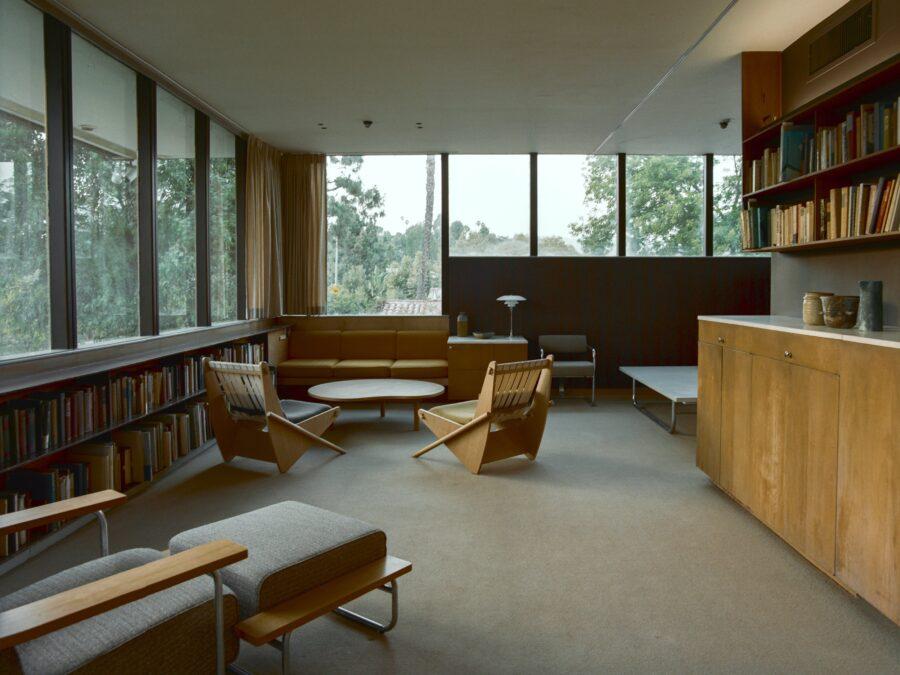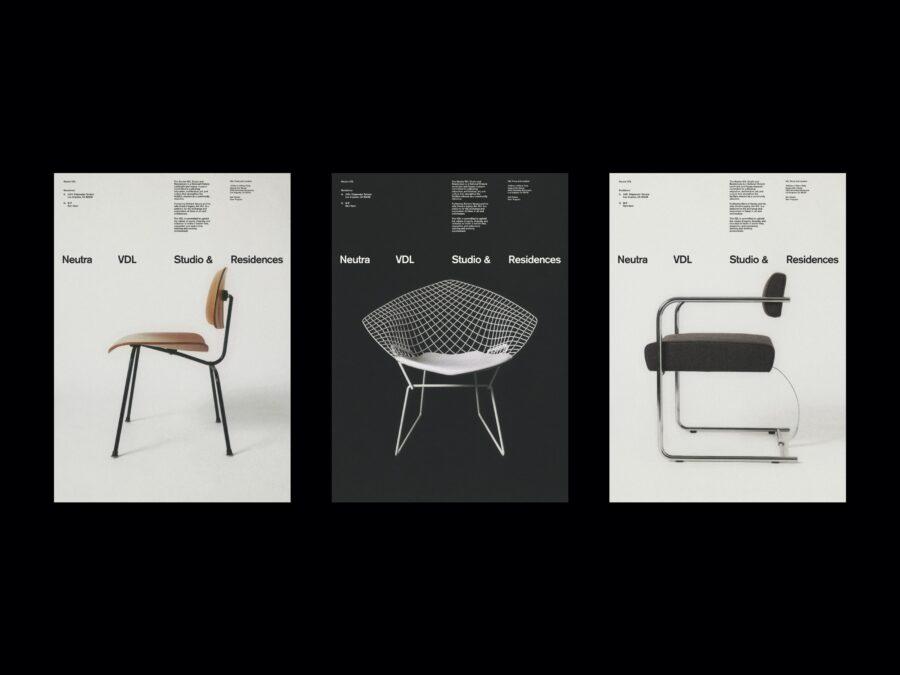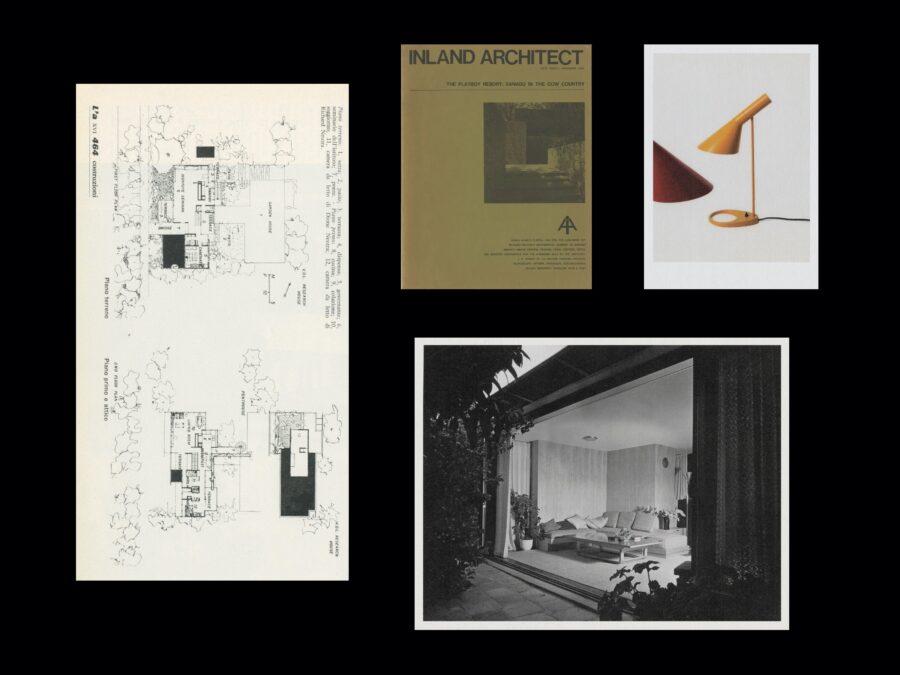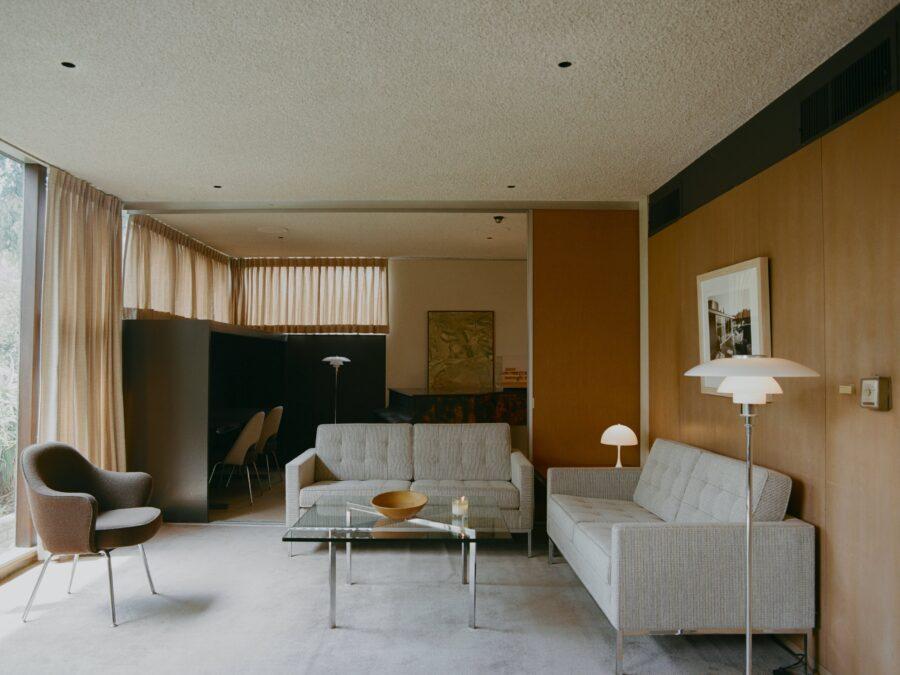A new website offers a virtual tour of the Los Angeles house designed by Richard Neutra and his son Dion which now acts as a platform for the exchange of ideas around architecture, art and culture
 Photography by Elizabeth Carababas
Photography by Elizabeth Carababas
The Neutra VDL Studio and Residences, on Silver Lake Boulevard in Los Angeles, is both a National Historic Landmark and a platform for the exchange of ideas surrounding architecture, art and culture.
The building was constructed in 1932 by famed modernist architect Richard Neutra, with the help of a no-interest loan from Dutch philanthropist Dr CH Van Der Leeuw, who built a contemporary glass house, which he would go on to name the VDL Research House, after his benefactor.
With many glass and mirrored surfaces reflecting the beautiful surrounding landscape, the house was considered radical and subversive at the time – it was Neutra’s vision for the house of the future and the home of tomorrow.
 Branding by MOUTHWASH Studio
Branding by MOUTHWASH Studio
After a disastrous fire in spring 1963, Neutra redesigned the main house with his son and partner Dion, adding two floors and a penthouse solarium to the original prefabricated basement structure. Eventually, they would go on to call the revived home VDL House II.
In 1990, the house was bequeathed by the Neutra family to Cal Poly Pomona University, honouring Richard Neutra’s ties to the university, to further his mission and legacy to educate both students and the public on the importance of architecture.
Since 2008, the VDL House has undertaken many restorations under the leadership of Sarah Lorenzen, as well as projects to further accessibility of the house to the general public. Today, VDL House is under the directorship of Noam Saragosti and Juhee Park, and host to cultural programmes and artist residencies, serving as a community resource and venue for talks and exhibitions.
 Photography by Elizabeth Carababas
Photography by Elizabeth Carababas
Creative company MOUTHWASH Studio, based in Los Angeles, has now been enlisted to revive a further aspect of VDL House – its branding and website – offering visitors an opportunity to explore the architect’s revolutionary home and office from the comfort of their own home with a virtual walkthrough and extensive digital archive.
The Californian design agency teamed up with interiors and product photographer Elizabeth Carababas, as well as developer Jason Bradley to help redesign the house’s brand identity and website with the aim of keeping the revolutionary spirit that characterises this Los Angeles icon alive.
‘The decision to shoot on film is one deeper than just for aesthetic qualities. When discussing the art direction, we aligned the new visual identity with this methodology because we knew it would create something that felt timeless and considered.’
 Photography by Elizabeth Carababas and branding by MOUTHWASH Studio
Photography by Elizabeth Carababas and branding by MOUTHWASH Studio
Carababas added new photographs to the archive, including images of Neutra’s impressive furniture collections – think mid-century Knoll – and more personal shots of his wife, Dione. ‘I don’t think I could talk about the photography of the house if it weren’t for the work of Julius Shulman,’ shares Carababas.
‘We wanted to position our lens on the house with the same reverence that he had for his subjects. Shulman had a way of capturing a space that felt like someone was just there. His perspective on interiors felt lived in. And I found that subtlety to be quite romantic.’
As the pandemic has digitised culture and accelerated many of the changes driving cultural institutions today, the last two years have ushered in a golden age of virtual media. The effect is democratisation via digital technology, allowing cultural institutions and landmarks to resonate with a bigger and broader audience.
 Photography by Elizabeth Carababas
Photography by Elizabeth Carababas
‘A digital resource channel on the website might be someone’s only gateway to learning about the house,’ says Carababas. ‘In the end we hope those who visit the website leave having learned something new.’
Reviving the digital sphere of the house is an important step in becoming more open. Ultimately, it helps to democratise knowledge and culture and to preserve Neutra’s architectural legacy.
The original version of this article appeared in ICON 209. Get a curated collection of architecture and design news like this in your inbox by signing up to our ICON Weekly newsletter

















